(NLDO) - An observatory built in the 6th century BC has just been discovered in the Buto temple complex in Egypt.
According to a press release from the Egyptian Ministry of Tourism and Antiquities, the newly excavated ancient observatory is a mud-brick structure used to track the conjunctions and risings of the Sun, Moon and planets, as well as the phases of the Moon.
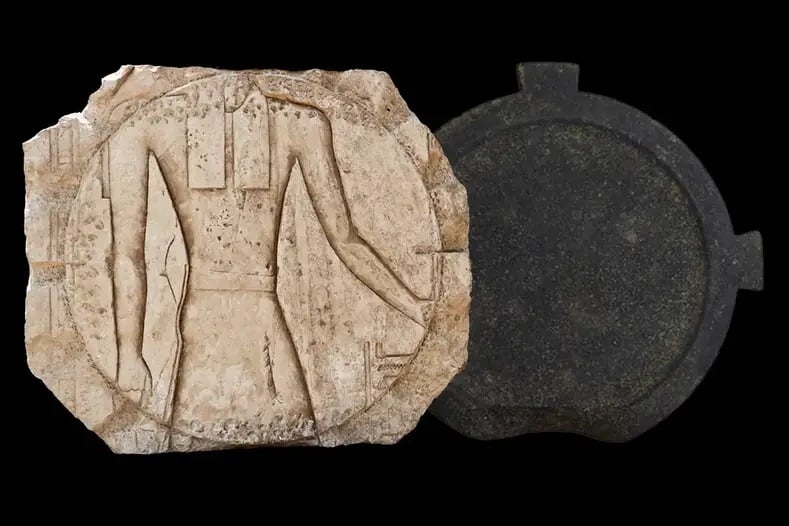
One of the artifacts from the ancient observatory in Egypt - Photo: EGYPTIAN MINISTRY OF TOURISM AND ANTIQUES
The observatory has an L-shaped central hall built from mud bricks, resembling the entrance to the towers of ancient Egyptian temples.
It also includes a stone pedestal decorated with carvings depicting the astronomical alignments of the rising and setting Sun throughout the seasons.
Inside, archaeologists also found a tilted stone sundial, which tells time using light or shadow cast by the changing position of the Sun throughout the day.
The expedition also discovered several valuable artifacts in the observatory, Ayman Ashmawy from the Ancient Egyptian Antiquities Department of the Ministry of Tourism and Antiquities was quoted by Heritage Daily as saying.
The artifacts include a statue from the 26th Dynasty, a merkhet instrument used by ancient Egyptians for measuring and timing.
Many religious and ceremonial artifacts also appear in the observatory.
The 2,600-year-old observatory was found during excavations of the Buto temple complex at the famous Tell El Fara'in archaeological site in Egypt's Kafr El Sheikh province.
Tell El Fara'in was an ancient city, located between the Taly (Bolbitine) and Thermuthiac (Sebennytic) branches of the Nile.
The entire site was once a ceremonial center honoring the goddess Wadjet, the patron deity of Lower Egypt.
This observatory alone, scientists say, is the largest known example of scientific and religious activities in ancient Egypt.
Source: https://nld.com.vn/phat-hien-dai-thien-van-2600-tuoi-o-ai-cap-196240826083214617.htm


![[Photo] National Assembly Chairman Tran Thanh Man attends the summary of the organization of the Conference of the Executive Committee of the Francophone Parliamentary Union](https://vstatic.vietnam.vn/vietnam/resource/IMAGE/2025/4/15/fe022fef73d0431ab6cfc1570af598ac)
![[Photo] General Secretary To Lam meets with veteran revolutionary cadres, meritorious people, and exemplary policy families](https://vstatic.vietnam.vn/vietnam/resource/IMAGE/2025/4/15/7363ba75eb3c4a9e8241b65163176f63)
![[Photo] Ho Chi Minh City after 50 years of national reunification through buildings and symbols](https://vstatic.vietnam.vn/vietnam/resource/IMAGE/2025/4/15/a224d0b8e489457f889bdb1eee7fa7b4)
![[Photo] Air Force actively practices for the April 30th celebration](https://vstatic.vietnam.vn/vietnam/resource/IMAGE/2025/4/15/16fdec3e42734691954b853c00a7ce01)
![[Photo] Welcoming ceremony for Prime Minister of the Federal Democratic Republic of Ethiopia Abiy Ahmed Ali and his wife](https://vstatic.vietnam.vn/vietnam/resource/IMAGE/2025/4/15/77c08dcbe52c42e2ac01c322fe86e78b)

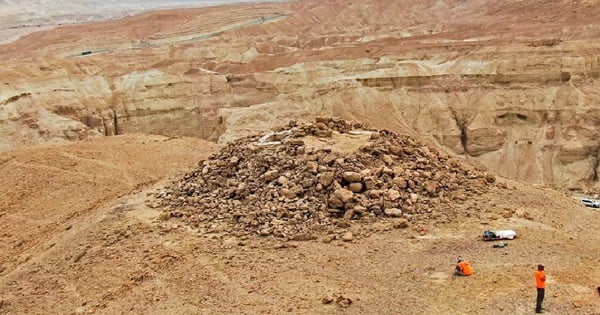


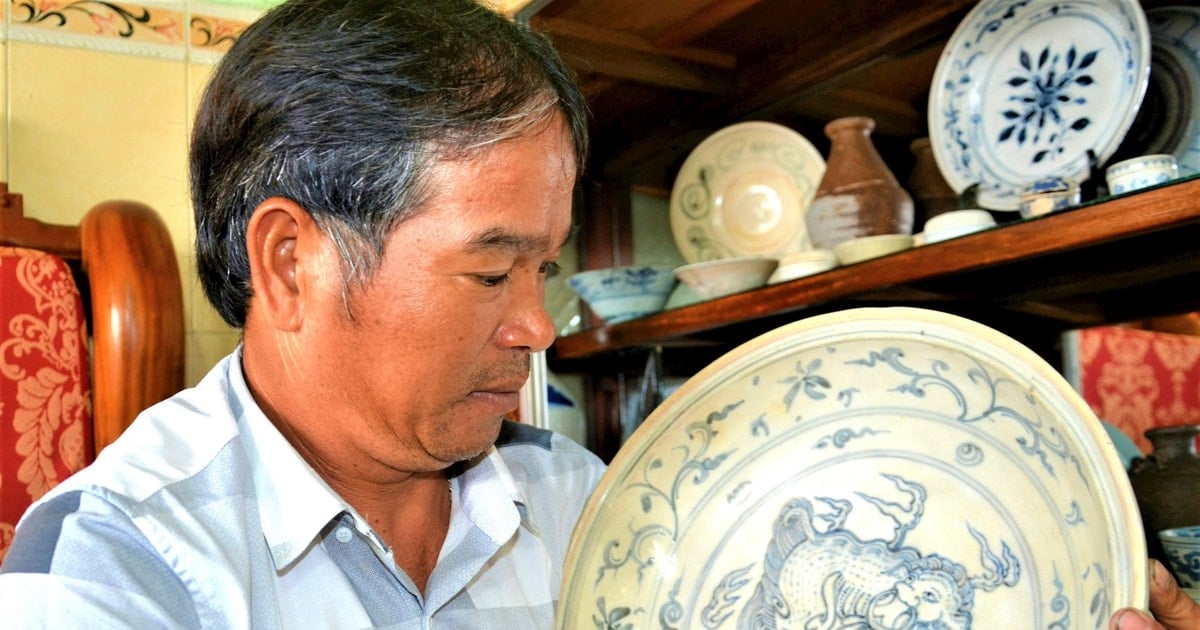

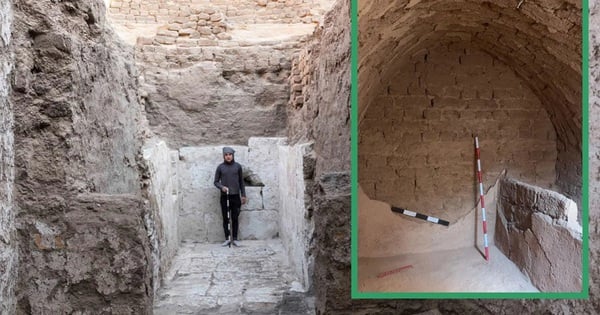











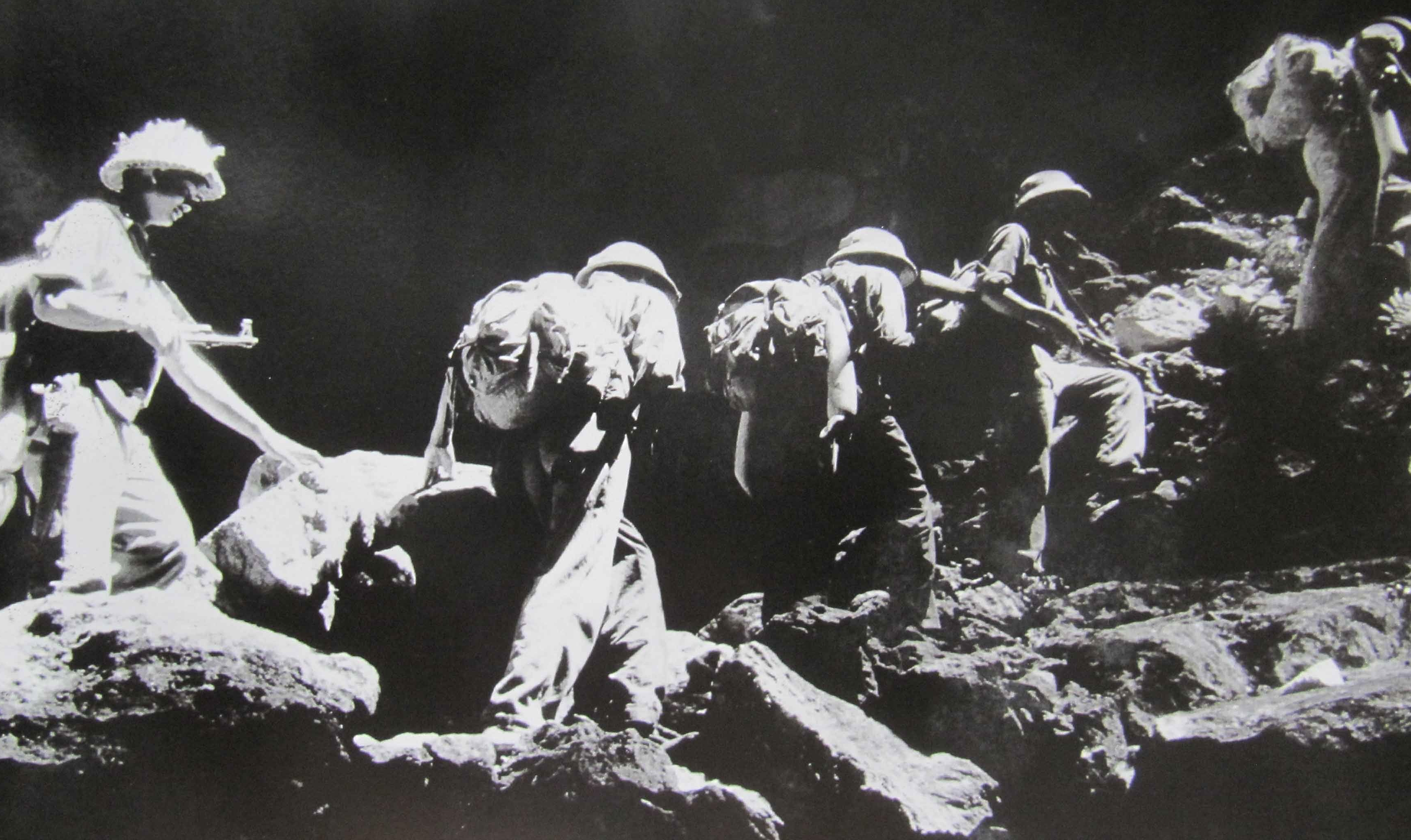
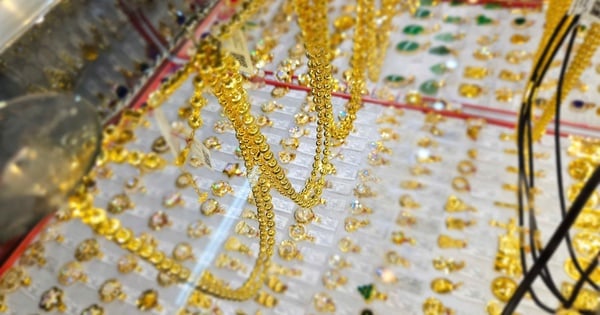













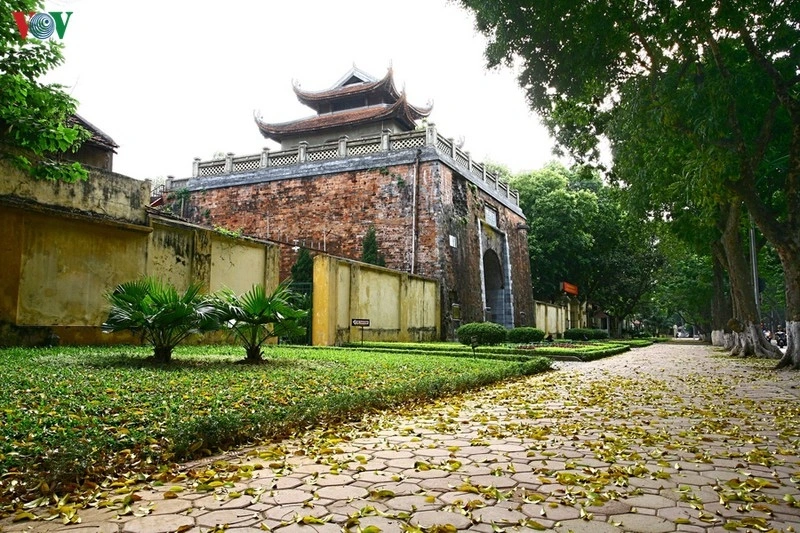




























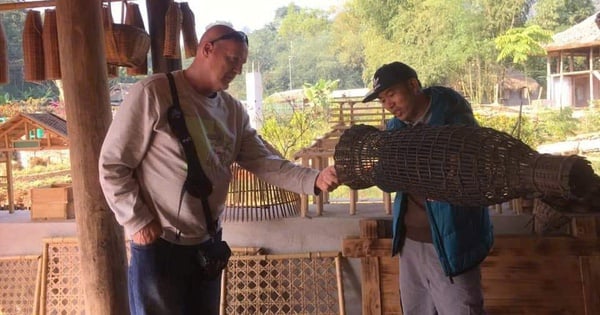


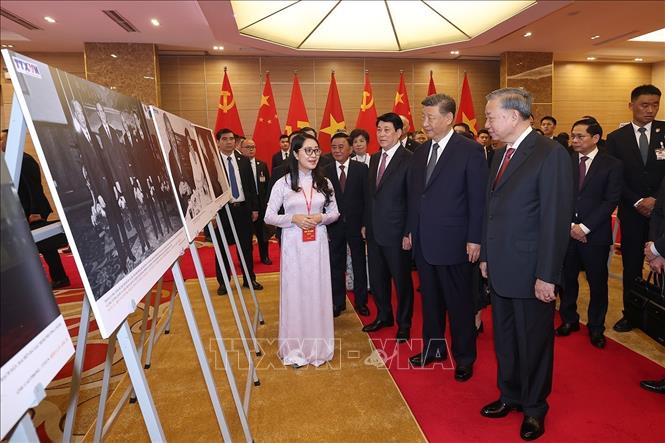









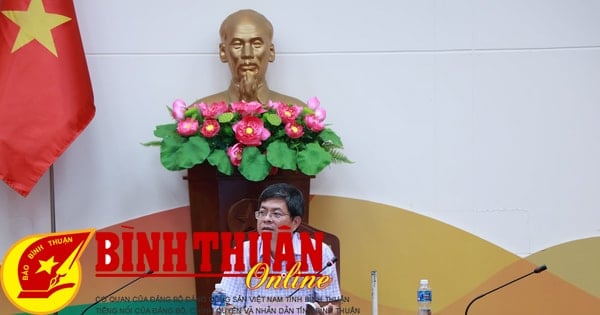











Comment (0)